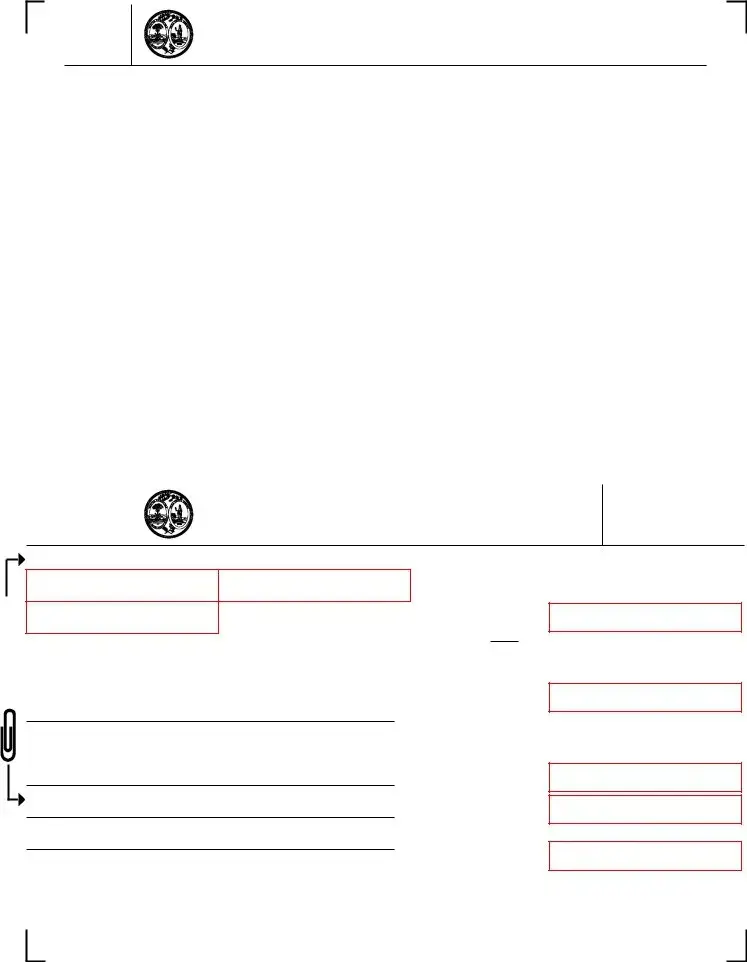The SC1120S form, used for reporting South Carolina taxable income and allocating income to nonresident shareholders, shares similarities with the 1041 U.S. Income Tax Return for Estates and Trusts. Both forms involve the calculation and reporting of income, as well as the potential for allocating earnings to various parties. The 1041 form requires estates and trusts to report income, deductions, and credits to the IRS. Just like the SC1120S-WH mandates specific documentation for nonresident shareholders, the 1041 form demands detailed information about the beneficiaries of the estate or trust, including their share of the income.
The W-2 Form, which is used by employers to report wages, taxes withheld, and other compensation to employees, also shares some common procedures with the SC1120S-WH. Both forms involve reporting to a tax authority and require detailed financial information. While the SC1120S-WH focuses on income from nonresident shareholders and the related withholding tax, the W-2 captures employee earnings and the tax withheld from those earnings. Despite their differences in audience and purpose, the essence of reporting specific income types and withholding taxes binds them closely.
Another document that parallels the SC1120S-WH is the Form 1099-MISC, used for reporting miscellaneous income. Similar to the SC1120S-WH, which deals with income allocation for nonresident shareholders, the 1099-MISC is intended for reporting payments made in the course of a trade or business to non-employees. Both forms play crucial roles in ensuring proper reporting and taxation of income, although they cater to different recipients – the SC1120S-WH focuses on shareholders, while the 1099-MISC is broader, including contractors and other non-employees.
The K-1 Form, another document linked to partnerships and S corporations, closely resembles the SC1120S-WH in its function of allocating income to owners or shareholders. The K-1 Form is essential for reporting each shareholder’s share of the business's earnings, losses, deductions, and credits. Like the SC1120S-WH, which allocates South Carolina taxable income to nonresident shareholders, the K-1 ensures that each entity or individual pays tax on their portion of the earnings, making both forms pivotal for accurate tax reporting and compliance.
Lastly, the 8825 Form, used by partnerships and S corporations to report income and expenses from rental real estate, exhibits similarities to the SC1120S-WH form. While the 8825 focuses on rental real estate income, both forms require detailed financial reporting and can involve allocating income to various parties. Like the SC1120S-WH aims to allocate and withhold tax for nonresident shareholders accurately, the 8825 is concerned with portraying the financial aspects of real estate under the entity’s control. Both play significant roles in the financial reporting and taxation processes of their respective entities.

